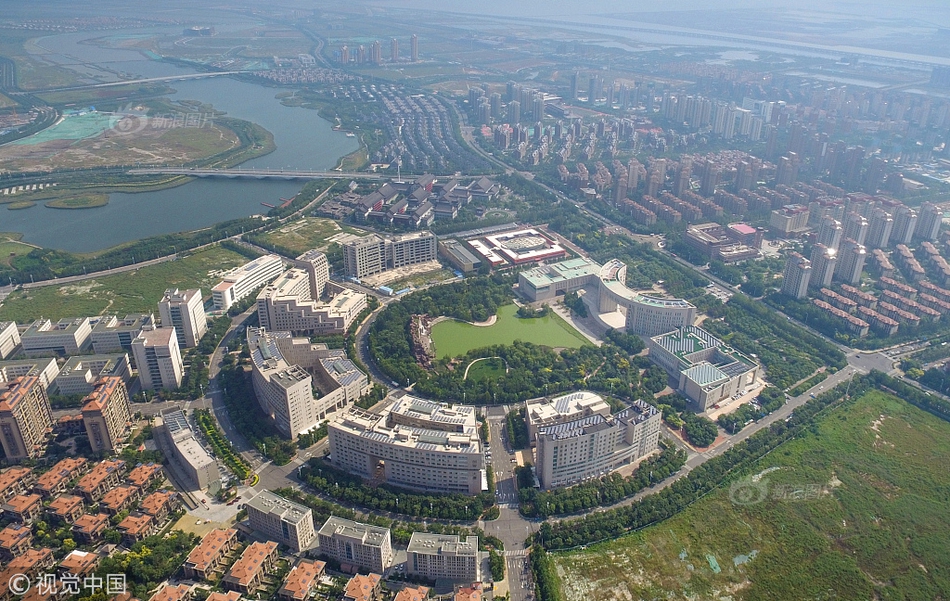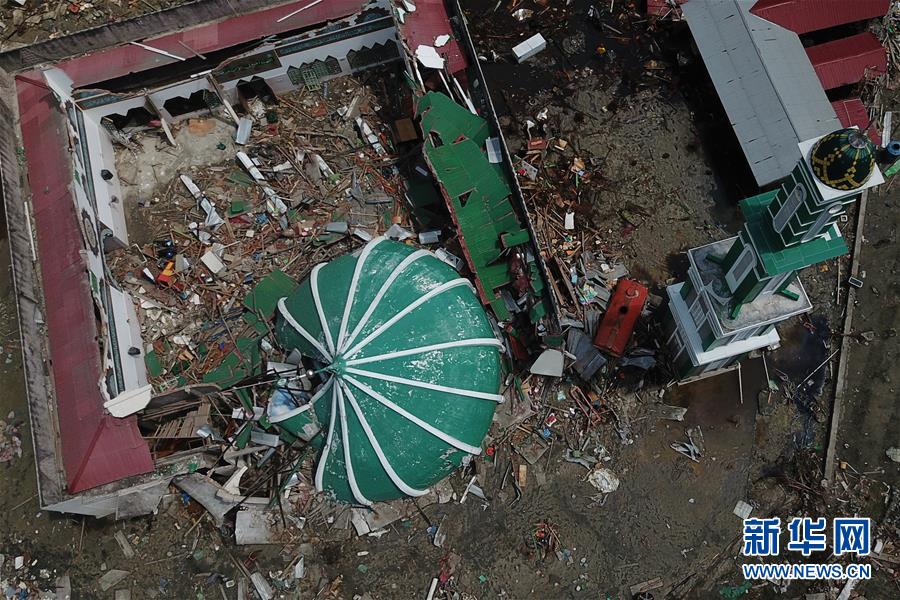
1. First, click the Apple icon in the upper left corner of the screen. In the drop-down menu, click "About This Machine". Click Storage and then click Manage. Click the document, select the file you don't need, and click delete the file. After cleaning up the unnecessary files, the computer will become faster.
2. Method 1: Use cleaning tools. Mac computers come with some tools to clean up memory, such as "Terminal", "Activity Monitor", "Disk Utility", etc. In addition, there are alsoSome third-party cleaning tools, such as CleanMyMacDisk Clean Pro, MacClean, etc.
3. Restart Mac and install system updates. Although we rarely restart Mac computers, I still want to point out that restarting Mac computers can free up considerable disk space.
Clean up the memory space of an Apple computer in the following ways: Clean up the useless application cache In the Finder window of the Apple computer, select the go menu, and then select the application.
Restart Apple Computer: Sometimes, heavyNewly started Mac computers can clear temporary data and redundant processes in memory, thus improving system performance. Update the operating system and applications: By updating the operating system and applications, optimization and performance improvement can be obtained, so as to improve memory management and utilization efficiency.
Restarting a Mac computer can refresh the system cache, clean up the cache of some applications, install system updates, and perhaps more significantly clear these two: virtual memory swap file and sleepimage. If you rarely restart your Mac computer, these two can become very large.
Open the desktop, select the file you want to delete, press Command + Delete or drag it to the trash can.Clean up the drop-down menu: open "System Preferences" -- select "Notification Center" -- select "Today" -- find unnecessary widgets and delete them.
Close unused applications: Running too many applications will take up a lot of memory, which will make the computer slow. Therefore, when using the computer, please make sure to close unnecessary programs and clear the files and icons on the desktop from time to time to reduce the use of memory.
Download CleanMyMac X and install it on the MAC. Find the system garbage option in the left navigation bar. In the upper left corner of the software, there is a navigation bar to clean up - system garbage. AFTER FINDING IT, CLICK THE SYSTEM GARBAGE TO APPEAR A SCANNING INTERFACE. CLICK SCAN, AND THE SOFTWARE WILL AUTOMATICALLY SCAN THE SYSTEM GARBAGE FILES OF THE MAC.
Improve performance Over time, a large number of temporary files, cache files, unwanted applications and other junk files will accumulate on Mac computers. These files may take up disk space and affect the response speed and performance of the system. Regular cleaning of junk files can free up disk space, thus improving the overall performance.
Cleaning up junk files can help you free up disk space, improve the response speed of the system, and make the system more stable. The following are some common ways to clean up junk files: clean up junk files: you can manually delete unused junk files on Mac, clean up the trash cans regularly, uninstall uncommon software, etc.
If you consider the clear picture. I'm worried that cleaning the software will take up a lot of space. Don't worry, after installing the Mac right-click tool, you can completely uninstall the software, clean up duplicate files or similar photos by right-clicking.
Restarting the Mac computer can refresh the system cache, clean up the cache of some applications, install system updates, and perhaps more significantly clear these two: virtual memory swap file and sleepimage. If you rarely restart your Mac computer, these two can become very large.
Restart the computer: Sometimes restarting can clean up the memory and release the occupied resources. Close unnecessary applications: check the running applications and close the applications you don't need. Each application will take up part of the memory, and closing unnecessary applications can free up memory resources.
Method 1: By manually closing the background program 1 Here I will introduce the first method. We can achieve the purpose of cleaning up the memory by manual method.
Mac caches a large number of files when browsing the web, which will also take up your disk space. So you can free up disk space by cleaning up the cache files.
Open the software CleanMyMac 2 and select the "Automatic Cleanup" option on the left.Click the "Scan" button below. The navigation bar will display the status of the cleanable space of each category. For the first use, please click the "Clean" button in the middle below directly.
The cache cleaning operation is as follows: Open CleanMyMac3 and click the "System Garbage" option on the left in the interface. In this interface, there will be some brief introductions to this function, including the functions it can achieve and what aspects it mainly targets.

Predictive analytics for supplier risks-APP, download it now, new users will receive a novice gift pack.
1. First, click the Apple icon in the upper left corner of the screen. In the drop-down menu, click "About This Machine". Click Storage and then click Manage. Click the document, select the file you don't need, and click delete the file. After cleaning up the unnecessary files, the computer will become faster.
2. Method 1: Use cleaning tools. Mac computers come with some tools to clean up memory, such as "Terminal", "Activity Monitor", "Disk Utility", etc. In addition, there are alsoSome third-party cleaning tools, such as CleanMyMacDisk Clean Pro, MacClean, etc.
3. Restart Mac and install system updates. Although we rarely restart Mac computers, I still want to point out that restarting Mac computers can free up considerable disk space.
Clean up the memory space of an Apple computer in the following ways: Clean up the useless application cache In the Finder window of the Apple computer, select the go menu, and then select the application.
Restart Apple Computer: Sometimes, heavyNewly started Mac computers can clear temporary data and redundant processes in memory, thus improving system performance. Update the operating system and applications: By updating the operating system and applications, optimization and performance improvement can be obtained, so as to improve memory management and utilization efficiency.
Restarting a Mac computer can refresh the system cache, clean up the cache of some applications, install system updates, and perhaps more significantly clear these two: virtual memory swap file and sleepimage. If you rarely restart your Mac computer, these two can become very large.
Open the desktop, select the file you want to delete, press Command + Delete or drag it to the trash can.Clean up the drop-down menu: open "System Preferences" -- select "Notification Center" -- select "Today" -- find unnecessary widgets and delete them.
Close unused applications: Running too many applications will take up a lot of memory, which will make the computer slow. Therefore, when using the computer, please make sure to close unnecessary programs and clear the files and icons on the desktop from time to time to reduce the use of memory.
Download CleanMyMac X and install it on the MAC. Find the system garbage option in the left navigation bar. In the upper left corner of the software, there is a navigation bar to clean up - system garbage. AFTER FINDING IT, CLICK THE SYSTEM GARBAGE TO APPEAR A SCANNING INTERFACE. CLICK SCAN, AND THE SOFTWARE WILL AUTOMATICALLY SCAN THE SYSTEM GARBAGE FILES OF THE MAC.
Improve performance Over time, a large number of temporary files, cache files, unwanted applications and other junk files will accumulate on Mac computers. These files may take up disk space and affect the response speed and performance of the system. Regular cleaning of junk files can free up disk space, thus improving the overall performance.
Cleaning up junk files can help you free up disk space, improve the response speed of the system, and make the system more stable. The following are some common ways to clean up junk files: clean up junk files: you can manually delete unused junk files on Mac, clean up the trash cans regularly, uninstall uncommon software, etc.
If you consider the clear picture. I'm worried that cleaning the software will take up a lot of space. Don't worry, after installing the Mac right-click tool, you can completely uninstall the software, clean up duplicate files or similar photos by right-clicking.
Restarting the Mac computer can refresh the system cache, clean up the cache of some applications, install system updates, and perhaps more significantly clear these two: virtual memory swap file and sleepimage. If you rarely restart your Mac computer, these two can become very large.
Restart the computer: Sometimes restarting can clean up the memory and release the occupied resources. Close unnecessary applications: check the running applications and close the applications you don't need. Each application will take up part of the memory, and closing unnecessary applications can free up memory resources.
Method 1: By manually closing the background program 1 Here I will introduce the first method. We can achieve the purpose of cleaning up the memory by manual method.
Mac caches a large number of files when browsing the web, which will also take up your disk space. So you can free up disk space by cleaning up the cache files.
Open the software CleanMyMac 2 and select the "Automatic Cleanup" option on the left.Click the "Scan" button below. The navigation bar will display the status of the cleanable space of each category. For the first use, please click the "Clean" button in the middle below directly.
The cache cleaning operation is as follows: Open CleanMyMac3 and click the "System Garbage" option on the left in the interface. In this interface, there will be some brief introductions to this function, including the functions it can achieve and what aspects it mainly targets.

How to meet import health standards
author: 2024-12-24 01:36Precision instruments HS code verification
author: 2024-12-24 00:21Data-driven trade invoice verification
author: 2024-12-24 00:20Global supply chain security insights
author: 2024-12-23 23:31Chemical industry HS code search
author: 2024-12-23 23:20International vendor verification
author: 2024-12-24 00:32Trade data for strategic pricing
author: 2024-12-24 00:12Enhanced supplier vetting processes
author: 2024-12-24 00:05Data-driven tariff engineering via HS codes
author: 2024-12-23 23:57 Refrigeration equipment HS code checks
Refrigeration equipment HS code checks
188.92MB
Check How to use data for HS code classification
How to use data for HS code classification
411.46MB
Check How to improve trade compliance
How to improve trade compliance
444.34MB
Check Industry-specific trade tariff analysis
Industry-specific trade tariff analysis
584.38MB
Check Real-time supply-demand matching
Real-time supply-demand matching
338.85MB
Check Steel industry trade insights
Steel industry trade insights
262.89MB
Check HS code impact on trade finance
HS code impact on trade finance
952.66MB
Check international trade insights
international trade insights
195.53MB
Check HS code metrics for performance dashboards
HS code metrics for performance dashboards
228.65MB
Check Trade intelligence for emerging markets
Trade intelligence for emerging markets
255.75MB
Check HS code-driven tariff equalization
HS code-driven tariff equalization
597.23MB
Check HS code-facilitated PL selection
HS code-facilitated PL selection
986.14MB
Check Comparative HS code duty analysis
Comparative HS code duty analysis
841.35MB
Check HS code applications in compliance software
HS code applications in compliance software
776.26MB
Check Trade data for risk scoring models
Trade data for risk scoring models
438.48MB
Check Trade data for strategic sourcing
Trade data for strategic sourcing
555.13MB
Check Global trade credit risk analysis
Global trade credit risk analysis
597.13MB
Check HS code strategy for African trade lanes
HS code strategy for African trade lanes
858.37MB
Check Industry-specific trade growth forecasts
Industry-specific trade growth forecasts
192.69MB
Check Dynamic duty drawback calculations
Dynamic duty drawback calculations
292.29MB
Check Trade data for logistics companies
Trade data for logistics companies
961.36MB
Check Tariff impact simulation tools
Tariff impact simulation tools
676.42MB
Check How to integrate trade data with RPA
How to integrate trade data with RPA
235.88MB
Check How to leverage open-source trade data
How to leverage open-source trade data
628.12MB
Check GCC HS code-based tariff systems
GCC HS code-based tariff systems
676.86MB
Check In-depth customs data analysis tools
In-depth customs data analysis tools
987.25MB
Check HS code-driven logistics partner selection
HS code-driven logistics partner selection
463.47MB
Check CIS countries HS code usage patterns
CIS countries HS code usage patterns
347.27MB
Check Country-wise HS code tariff relief
Country-wise HS code tariff relief
728.31MB
Check Trade data-driven investment strategies
Trade data-driven investment strategies
939.68MB
Check Polymer resins HS code verification
Polymer resins HS code verification
762.64MB
Check shipment tracking services
shipment tracking services
367.99MB
Check How to access protected trade databases
How to access protected trade databases
812.97MB
Check Industry-specific trade growth forecasts
Industry-specific trade growth forecasts
338.47MB
Check Aluminum products HS code insights
Aluminum products HS code insights
651.61MB
Check Trade data for regulatory compliance
Trade data for regulatory compliance
965.21MB
Check
Scan to install
Predictive analytics for supplier risks to discover more
Netizen comments More
2961 Sustainable sourcing via HS code tracking
2024-12-24 01:09 recommend
1413 Customizable export data queries
2024-12-24 00:49 recommend
1751 HS code-based alternative sourcing strategies
2024-12-24 00:37 recommend
2210 How to reduce shipping delays with data
2024-12-23 23:40 recommend
324 Canada shipment tracking services
2024-12-23 23:23 recommend